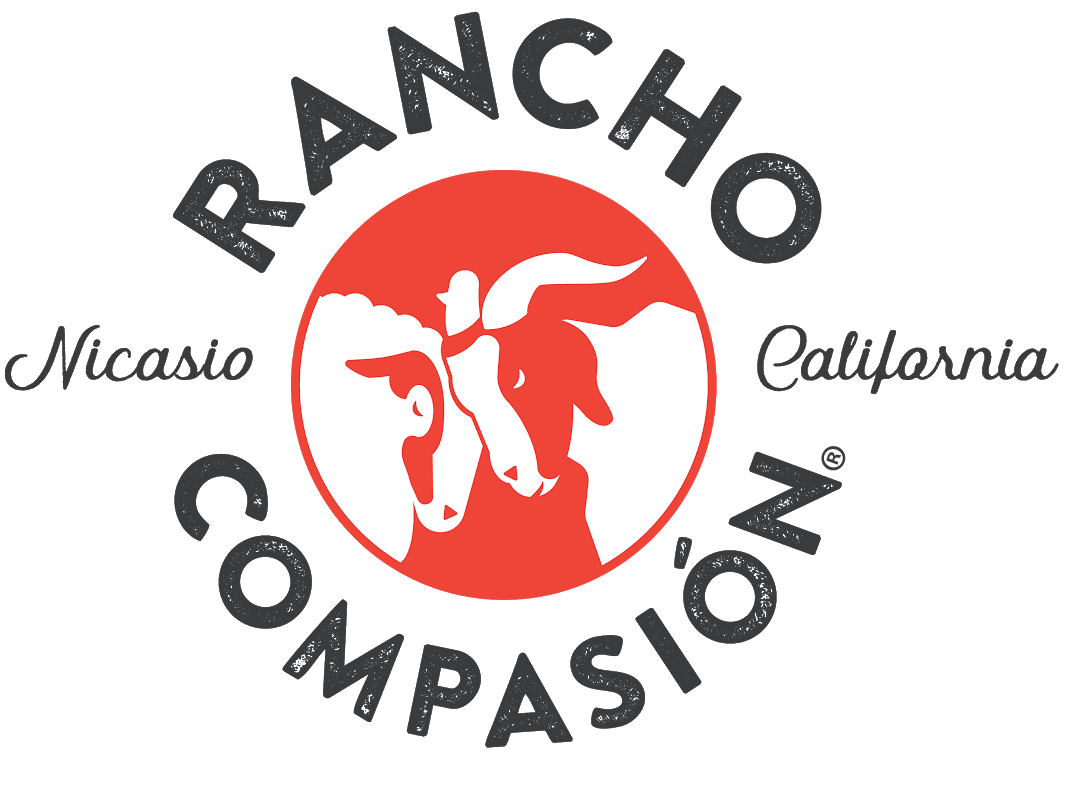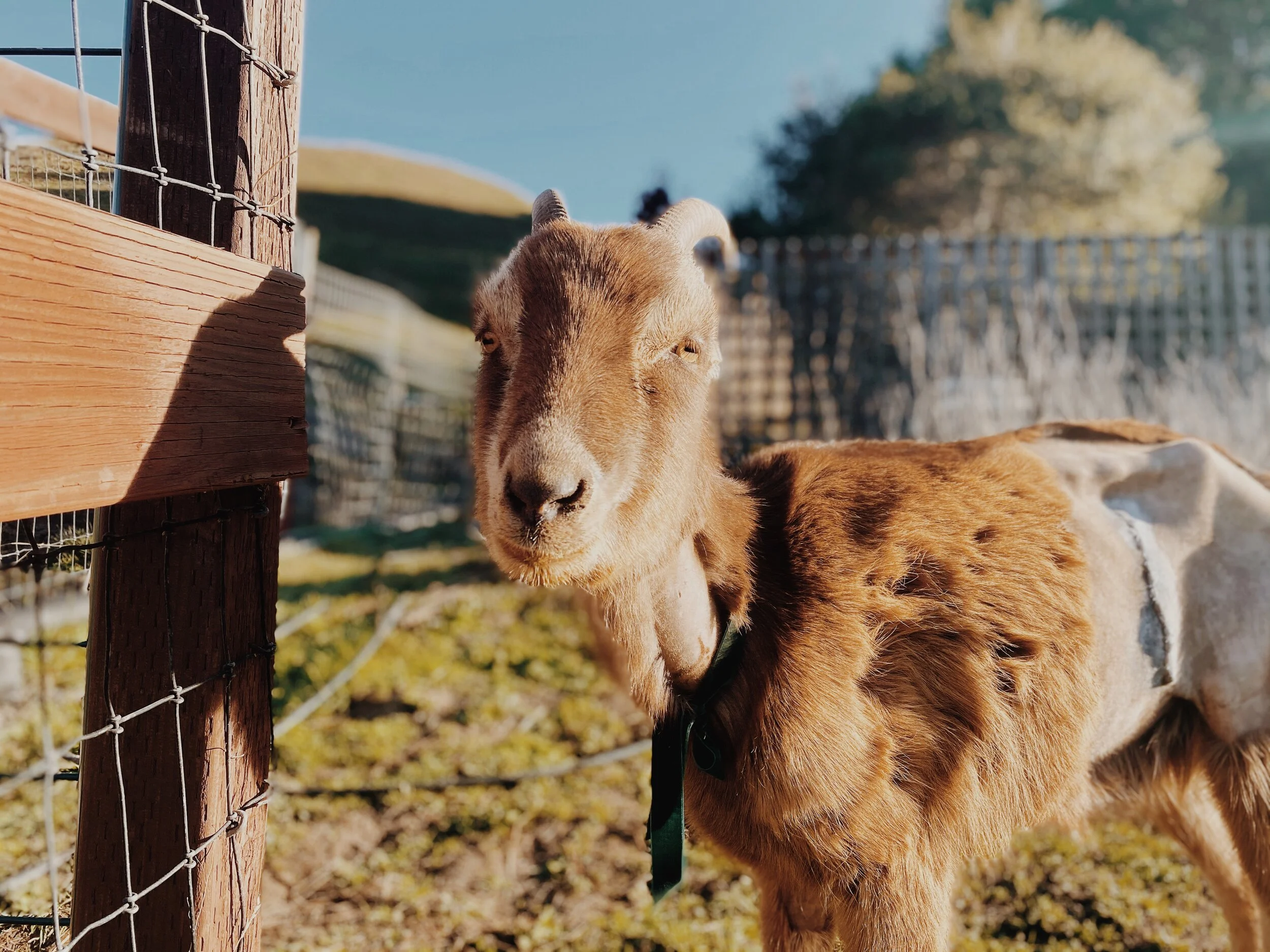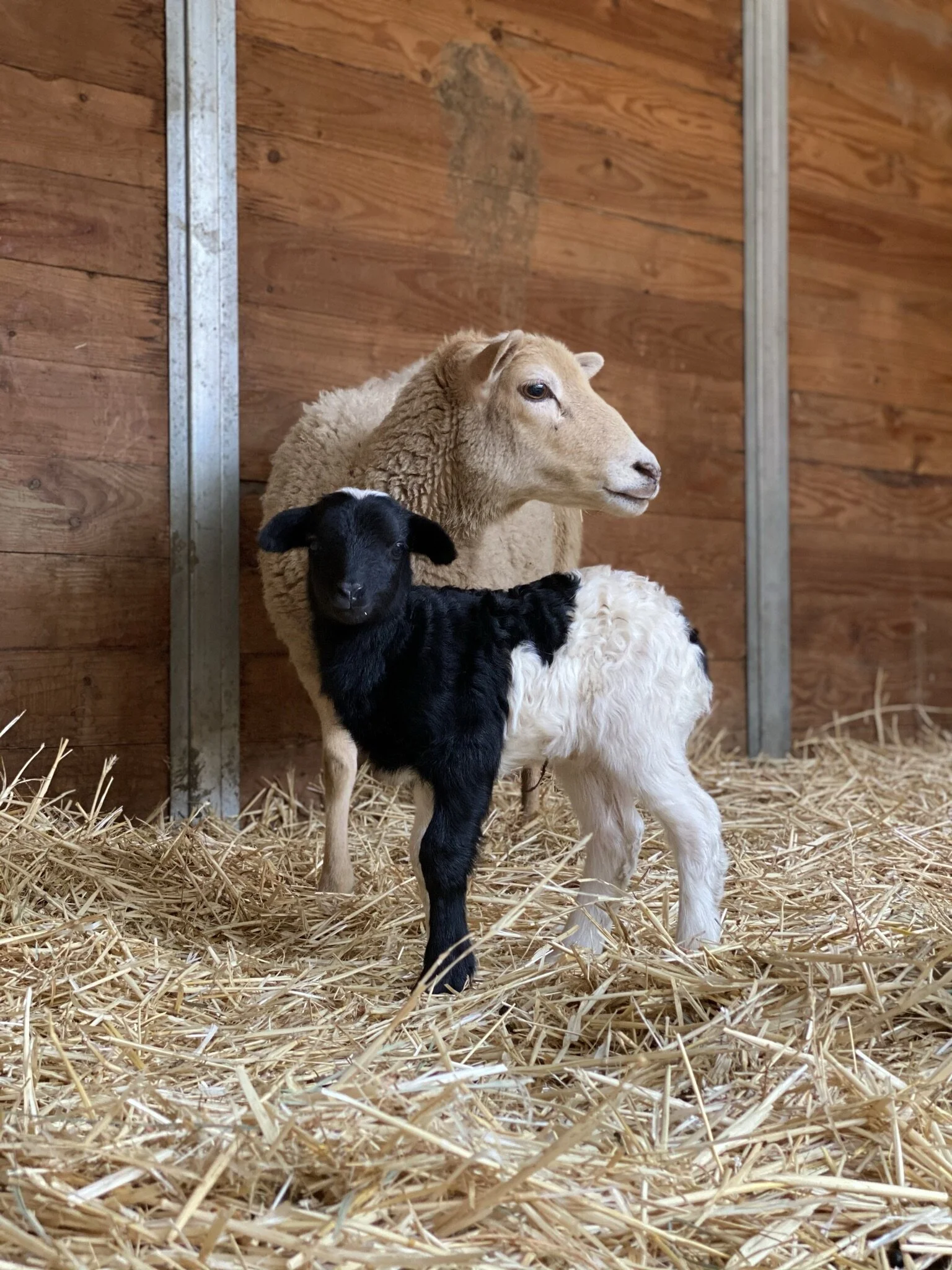The Art of Dying
What is it like for an animal to become sick and die? How does it differ from humans, who are clumsy at it, usually lacking in grace, full of fear and self-pity, sometimes even self-loathing, or sometimes – maybe often – so demented that we don’t even know what’s happening?
At a sanctuary, we often endure the passing of many beloved animals. Yes, I say we endure, because more often, it is we humans who endure their passing, while the animals themselves, the ones who are dying, seem at peace with the transition.
After seeing so many animals succumb to death, I’ve come to believe that they, in fact, often choose whether or not to die, and when to do so. As pet owners are often told that the animal will tell you when they want to go – that is, be euthanized – so do farm animals. And sometimes, they will go on their own even as the people around them are discussing euthanasia.
And then at times, there are those who, despite all outward appearances, do not want to go. They know it’s not their time, and while the humans around them watch them suffer and discuss euthanasia, they do everything they can to communicate in their way that they are fighting for their life, that their time has not yet come.
Madeline was one – is one – such a creature. A goat that started out her life with a handicap, a cleft palate, she was destined to be killed almost immediately, since cleft-palate ruminants generally don’t survive. Rescued by a young girl, she came to live at Rancho Compasión. Vets told us that she would not make it past a year. Her first year flew by without a hitch, but shortly before her second birthday, she became ridden with a strange affliction – she would not, or could not eat. She went 2 weeks without taking barely a bite, rarely even drinking water, while her body withered away. Vets had no idea what was wrong, and suggested a variety of treatments that did not work. Finally, we took her to UC Davis, where they performed surgery and removed 15 lbs. of undigested matter from her rumen. They thought that would about take care of it, but it did not. She still refused to eat. We all thought she was dying of a mysterious ailment, and we made her a house goat so she could be under animal hospice. She was lethargic most of the time, nodding off, but would then suddenly jump up, act as if everything was normal, and start walking around the house or the yard. She would nibble on a blade of grass or a leaf of kale, as if to signal to us that she could still eat. When she was awake, she would stare at us with a fierceness in her eyes, if to say, “I’m not planning to die. It’s not my time.” Meanwhile, she was skin and bones and frightening to look at.
Madeline in January, post surgery, on what we thought was her last day. She had a sudden burst of energy and was frisky and feisty on this day.
People encouraged us to euthanize her to put her out of her misery. But we could not bring ourselves to do it, not because we didn’t think she was suffering, but because of those razor-sharp eyes that pleaded with us not to do it. We didn’t.
Somehow, 5 or 6 weeks after this strange malady began, she decided to start eating again. It’s now been a few months, and she is as lively and spunky as ever. Madeline was not ready to die, and she let us know it.
This week, we lost a beloved rooster, Gordito. Gordito came from a flock of chicks hatched in a classroom as a biology project. When he was about 2 years old, he developed a swelling of a leg and became unable to use it. Again, vets did not know what it was – one honest vet told us that in truth, there was much about chickens we did not know because we just don’t find them important enough to study. Their raison d’etre, after all, is to be a food source for us; the quality of their life is of no concern to humans. He was otherwise healthy, a beautiful bird, and seemed generally happy even as he hopped around on one leg. After some time, the flock began to peck at him, and we decided to bring him into our house to become a house rooster. He loved sitting in our laps as we watched TV, and ate heartily when we gave him fresh greens from the garden. We took him on walks, and even took him on a weekend trip up the coast, where he went to the beach, on hikes, and even a café tucked in our jacket with his head poking out. He was alert, inquisitive, loving. We thought we could take him with us to different places, and start a blog called “Postcards from Gordito.”
Gordito and Seraphina in Mendocino
Finally, we heard of a brilliant bird vet, and we thought perhaps he could do something. We started a regimen of drugs to help the swelling, thought to be an infection. Gordito’s health quickly declined. His comb became pale and flopped over, and he lost color in his face. We took him back, and changed up the routine. He declined further. We will never know if it was the treatment itself or simply the timing – perhaps his health was declining already – but on the third trip to the doctor when his condition worsened so much that the decision was made to euthanize him, he died in my daughter’s arms. He had gone into the clinic to be examined, and it was determined that nothing could be done. They brought him back out to Cammy, and she sat in the car with him to spend a few more moments before she would take him back in. He looked up at her as if to say, “Don’t take me back in there. Let me die here.” His body then trembled, took in a deep breath, and collapsed in her arms. Gordito chose to die in her arms, not in a doctor’s office.
We have parted ways with many, from sweet Benny, the goat, who left behind his beloved sheep wife, Joon, to the best cow ambassador a sanctuary could ever have, Ericka, to the goofiest, most lovable pig one could ever meet, Oliver, to whom we dedicated our pond. And many, many others – this is part of the life of a sanctuary: dealing with their departure.
Sometimes, we hold on too long, and sometimes, we might ask ourselves did we let them go too soon? In the case of Madeline – what if we had let her go? When dealing with sickness and potential dying in animals, the art of listening, understanding, and ultimate compassion for what they want are what is required of us.
The art of dying – how does that differ for them as compared to us? We humans have sought immortality since recorded history. Whether physically or symbolically, we spend our lives trying to stay alive, to remain in the thoughts of others, to ensure that our name, our legacy continues through our children or our works. Why do we hold on so much to this world? Do we think it’s the only one? Of course, we may have circumstances where our survival is required for the survival of another, such as our children, and we may hold on for that – because our work on this planet is not yet done.
But at the end of our life, when our work is done, perhaps we can learn a thing or two from the animals. Perhaps life is a continuum, and there is something truly exciting to look forward to as we cross the chasm to our next destiny. Or perhaps we become a part of the universal fold, the rhythm of the universe, the sound of the heavens, the wind, the oceans. We have our egos, our identity as we have defined ourselves, but the journey of life, perhaps, is to learn how to die, how to let go of our identities we have given ourselves, and move onto becoming part of the universe. Perhaps this is something that all animals already know, and something that humans need to learn.
In memory of: Gordito, Goldie’s YinYang boy, and Salt.







